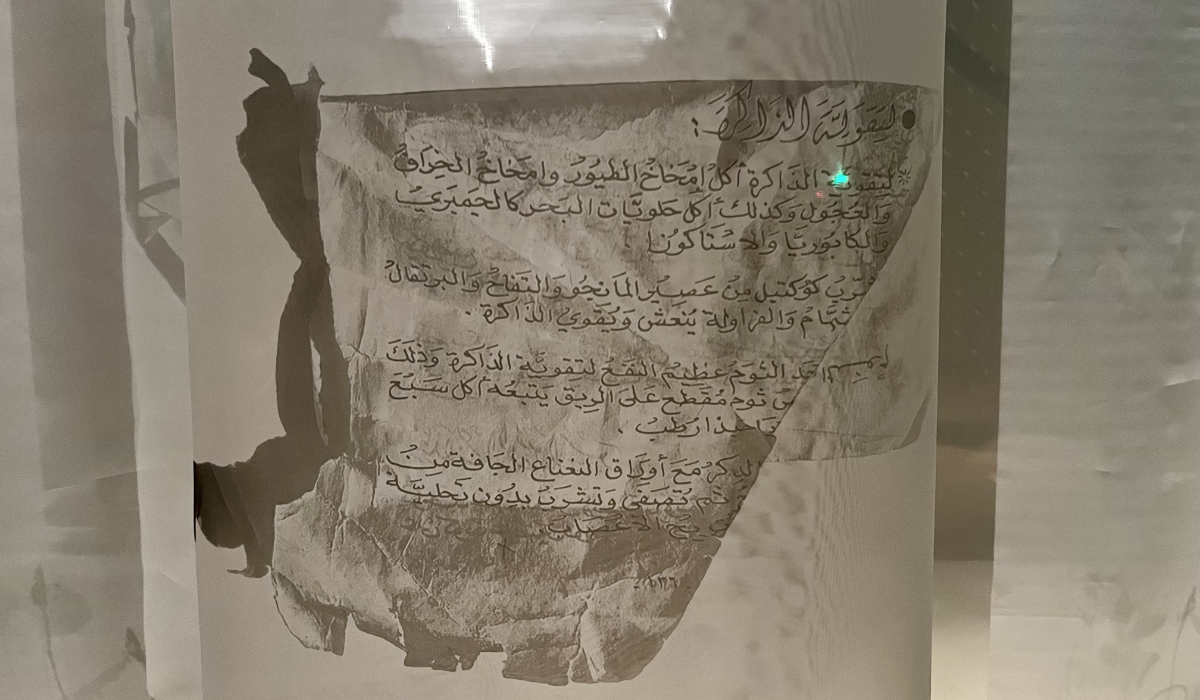BAKU: As the world looks ahead to COP16 in Riyadh, a clear message is emerging from discussions at COP29 in Baku: addressing global challenges requires breaking down silos between conventions on land, climate, and biodiversity. These three pillars are deeply interconnected, and their integration is essential for building a sustainable future.
The importance of land degradation is a recurring theme, with experts pointing to its role as both a symptom and a driver of broader environmental crises.
Land degradation not only diminishes biodiversity but also reduces agricultural productivity and undermines climate resilience, leading to an estimated $10 trillion in annual economic losses, according to the Economics of Land Degradation Initiative.
COP16 aims to position land rehabilitation at the forefront of global environmental policy by emphasizing its cross-cutting role in achieving sustainable development goals.
The intersection of land, climate, and biodiversity
In an interview with Arab News, Khaled Al-Abdulkader, CEO of Saudi Arabia’s National Center for Vegetation Cover Development, underlined the significance of restoring degraded lands as a cornerstone of integrated environmental action.
“Land degradation impacts agricultural systems, soil fertility, and climate stability. Restoring land not only enhances biodiversity and carbon sequestration but also offers significant economic benefits, creating opportunities for local communities,” he said.
Al-Abdulkader highlighted how Saudi Arabia is implementing initiatives that directly align with the objectives of the UN’s three major conventions: the UN Convention to Combat Desertification, the Convention on Biological Diversity, and the UN Framework Convention on Climate Change.
Projects such as mangrove restoration and ecosystem rehabilitation illustrate how land restoration can simultaneously support biodiversity, reduce carbon emissions, and provide financial returns.
“If you invest $1 in land restoration, the returns can reach up to $30. This demonstrates how land-based solutions can address not only environmental challenges but also economic and social priorities,” he added.
Nature-based solutions: a transformative investment
A panel discussion at the Saudi Pavilion during COP29 also shed light on the potential of nature-based solutions in tackling land degradation and its associated impacts. These involve human interventions that emphasize existing facets of healthy ecosystems.
Astrid Schomaker, executive secretary of the Convention on Biological Diversity, stressed that sustainable land use and rethinking agricultural practices are critical. “Nature-based solutions, when implemented with societal and environmental safeguards, yield outstanding returns. They represent a transformative investment for both ecosystems and communities,” she remarked.
Schomaker called for agriculture to shift towards more sustainable practices, recognizing its dual role as a contributor to and a victim of environmental degradation. This aligns with the broader push for nature-based solutions that can mitigate climate change, conserve biodiversity, and ensure food security, all while fostering economic resilience.
Saudi Arabia’s role on the global stage
As the host of COP16 in December, Saudi Arabia is poised to bring innovative frameworks to the table. Al-Abdulkader noted that the Riyadh conference will feature groundbreaking initiatives, including the introduction of thematic days focused on land, agricultural systems, innovation, and people.
The Kingdom has already demonstrated its leadership through its commitment to restoring vegetation cover and promoting sustainable land use. Such efforts align with Saudi Vision 2030, which prioritizes environmental sustainability alongside economic diversification.
The need for global synergy
COP16 in Riyadh will serve as a platform to enhance collaboration across borders, ensuring that land degradation, biodiversity loss, and climate action are addressed in tandem.
“We need to foster more synergy among the conventions,” Al-Abdulkader emphasized. “This includes not just technical cooperation but also mobilizing financial resources, improving institutional capacities, and ensuring that every stakeholder — from governments to local communities — is involved.”
The call for enhanced cooperation was echoed by Manual Pulgar-Vidal, former president of COP20, who emphasized the need for actionable targets that integrate the efforts of all three conventions. “The Riyadh conference will be an opportunity to launch a comprehensive action agenda that ensures land restoration remains a global priority,” he said.
The road ahead
With the road to COP16 now clearly mapped out, the focus is on uniting nations, organizations, and individuals to address the challenges of land degradation and its ripple effects. The discussions at COP29 have laid the groundwork for a future where land restoration is recognized not only as an environmental necessity but also as an economic opportunity.
The Riyadh conference promises to be a milestone in global environmental cooperation, with the potential to set new standards for integrating land, biodiversity, and climate objectives.





































